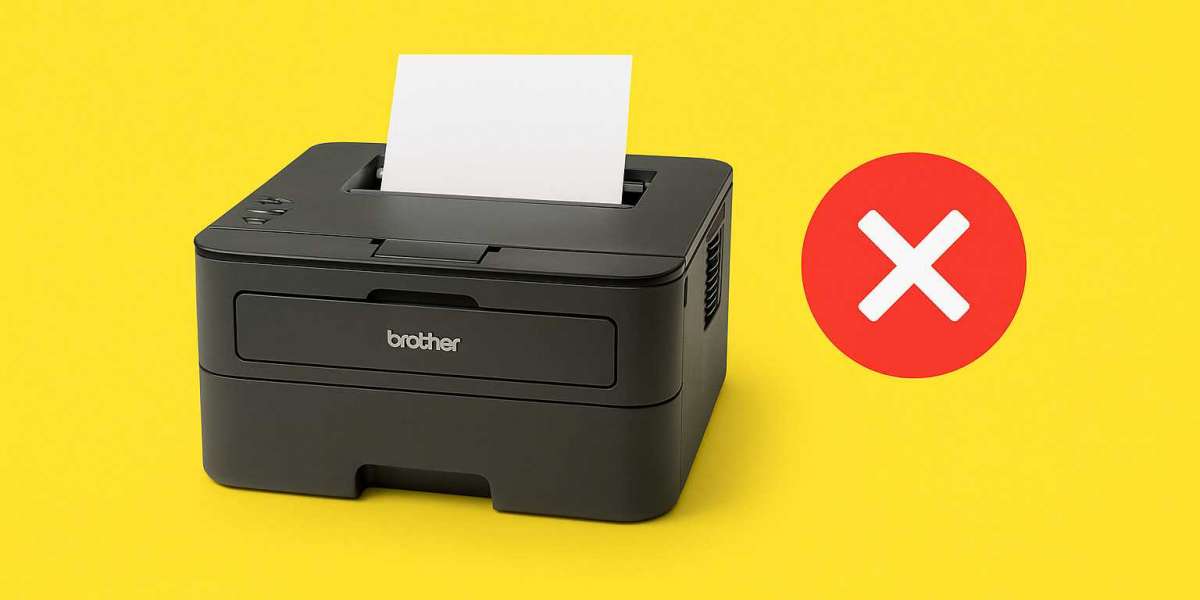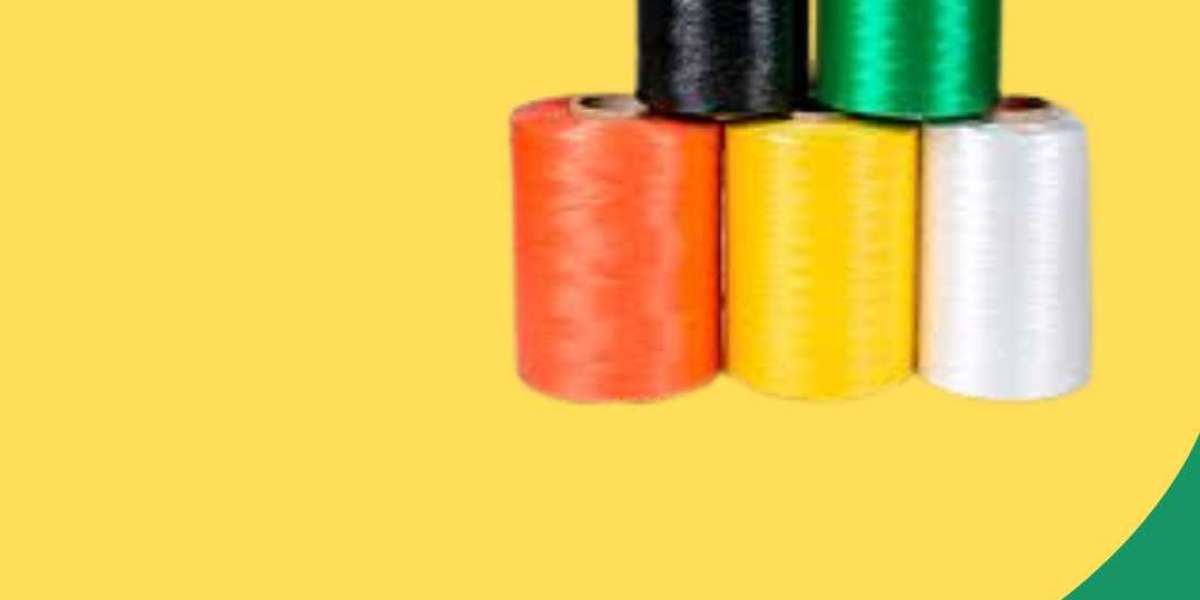Non-Woven Mask Content
Non-woven masks are a popular type of face covering made from non-woven fabrics. Unlike traditional woven textiles that are made by interlacing yarns, non-woven fabrics are created by bonding fibers together through mechanical, thermal, or chemical processes. This construction gives non-woven masks unique properties that make them suitable for various applications.
Materials Used:
The primary material used in most non-woven masks, especially medical-grade ones, is polypropylene (PP). Polypropylene is favored due to its:
- Non-toxicity: Safe for skin contact.
- Breathability: Allows for the passage of air, enhancing comfort.
- Hydrophobicity (water-resistance): Repels water and droplets, providing a barrier against fluids.
- Filtration efficiency: The porous web structure effectively filters particles.
- Lightweight nature: Comfortable to wear for extended periods.
- Cost-effectiveness: Relatively inexpensive to produce.
Within non-woven polypropylene, two main types are used in masks:
- Spunbond Nonwoven Polypropylene (PPSB): Made by extruding molten polymer into continuous filaments, laying them in a web, and then bonding them together (typically thermally). It's often used for the outer and inner layers of masks due to its strength and water-repellent properties. Fiber diameter is typically around 10-20 microns. Spunbond NWPP is considered more durable and can sometimes be washed and reused (though this is not typical for medical masks).
- Meltblown Nonwoven Polypropylene: Created by dispersing molten polymer particles with hot air and spraying them onto a collecting web, forming ultra-fine fibers (around 2-5 microns in diameter). This high-density material with small fiber diameters is the key filtration layer in many masks, including surgical masks. It can also be electrostatically charged (electrostatic electret technology) to enhance its ability to capture smaller particles through electrostatic attraction. Meltblown NWPP is generally considered a single-use material and not washable.
Other non-woven materials can also be used in masks, though less commonly for standard disposable types. These include:
- Spunlace Nonwoven: Made by entangling fibers with high-pressure water jets. Can be made from natural fibers (like cotton) or synthetic blends. Softer and more comfortable, sometimes used in higher-end or reusable non-woven masks.
- Heat-bonded Nonwoven: Contains hot-melt fibers that are fused together with hot air. Offers softness and good hydrophilicity, often used in applications like diapers but less common in standard face masks.
- Pulp Air-Laid Nonwoven: Made from wood pulp fibers, sometimes referred to as "dust-free paper."
A typical medical mask consists of three layers of non-woven fabric:
- Outer Layer: Usually hydrophobic spunbond polypropylene (25-30 gsm) to repel droplets and dust.
- Middle Layer: Typically meltblown polypropylene (higher density) that acts as the primary filter for bacteria and viruses, often electrostatically charged.
- Inner Layer: Usually a softer spunbond polypropylene that absorbs moisture from the wearer's breath.
Types of Non-Woven Masks:
Non-woven fabrics are used in various types of masks, including:
- Disposable Face Masks (Surgical Masks/Procedure Masks): Typically 3-ply with outer spunbond, middle meltblown, and inner spunbond layers. Designed for single use in medical and general settings to provide a barrier against droplets, splashes, and some particles. Filtration efficiency varies depending on the specific standards the mask meets (e.g., BFE - Bacterial Filtration Efficiency, PFE - Particle Filtration Efficiency).
- KN95/KF94 Masks: These are multi-layered masks (often 4-5 layers) that include non-woven polypropylene layers, including a crucial meltblown filtration layer. They are designed to filter out at least 95% (KN95) or 94% (KF94) of airborne particles of a specific size.
- N95 Respirators: Similar to KN95/KF94 but meet the US NIOSH standard. They also utilize non-woven materials, including meltblown for high filtration efficiency against very small particles.
- Reusable Non-Woven Masks: Some masks are made from more durable non-woven materials like spunbond polypropylene or spunlace and are designed to be washed and reused. These may have different filtration capabilities compared to disposable medical masks.
- Non-Woven Sheet Masks (for skincare): These are used in cosmetics and are made from various non-woven materials like cotton non-woven, biocellulose, hydrogel, microfiber, or Tencel. They are designed to hold and deliver skincare ingredients to the face.
- Industrial Masks: Non-woven fabrics are used in various industrial respirators and masks to protect against dust, fumes, and other airborne hazards. These can range from simple dust masks to more sophisticated respirators with multiple non-woven layers and filtration technologies.
Uses of Non-Woven Masks:
Non-woven masks serve a wide range of purposes:
- Medical and Healthcare Settings: Surgical masks are used by healthcare professionals to protect patients from the wearer's respiratory droplets and to protect the wearer from splashes and sprays. Higher filtration masks like N95 and KN95 are used when there is a risk of airborne transmission of pathogens.
- Personal Protection: During pandemics or outbreaks of respiratory illnesses, non-woven masks are widely used by the general public to reduce the spread of viruses and bacteria.
- Industrial and Occupational Safety: Non-woven masks and respirators protect workers from dust, particulate matter, and other airborne contaminants in various industries like construction, manufacturing, and agriculture.
- Cosmetics and Skincare: Non-woven sheet masks are used for delivering concentrated skincare treatments to the face for hydration, anti-aging, and other benefits.
- General Hygiene: Some individuals use non-woven masks for protection against dust, pollen, and air pollution in everyday situations.
Manufacturing Process:
The manufacturing of non-woven masks typically involves several automated steps:
- Material Entry: Rolls of the different non-woven fabric layers (spunbond for outer/inner, meltblown for filter) are loaded into the mask-making machine. Nose bridge strips (usually metal wire encased in plastic) and ear loops (elastic bands) are also fed into the machine.
- Unfolding and Layering: The non-woven fabric rolls are unwound and fed into the machine, where they are layered in the correct sequence (e.g., outer-meltblown-inner for a 3-ply mask).
- Folding: The layered fabric is often folded into pleats, which helps the mask expand to cover the face properly.
- Ultrasonic Welding: Ultrasonic welding is commonly used to bond the layers of non-woven fabric together at the edges, creating a seam. This method uses high-frequency vibrations to generate heat and fuse the materials without the need for adhesives.
- Nose Bridge Strip Insertion and Sealing: The nose bridge wire is automatically inserted and sealed into the top edge of the mask, allowing the wearer to adjust the fit around the nose.
- Mask Body Cutting: The continuous sheet of layered and bonded material is then cut into individual mask shapes.
- Ear Loop Attachment: Elastic ear loops are automatically fed to the sides of each mask and attached using ultrasonic welding.
- Quality Control: Finished masks undergo quality checks to ensure proper layering, sealing, ear loop attachment, and sometimes filtration efficiency.
- Stacking and Packaging: The completed masks are then stacked and packaged for distribution.
For more complex masks like N95 or KN95, the process might include additional steps for shaping the mask into a cup or cone form and adding more layers of filtration material.
In summary, non-woven masks are a versatile and widely used protective item made primarily from polypropylene through processes like spunbonding and meltblowing. Their multi-layered construction provides filtration and barrier properties for various applications in healthcare, personal protection, industry, and cosmetics. The manufacturing process is typically automated for efficient mass production.








